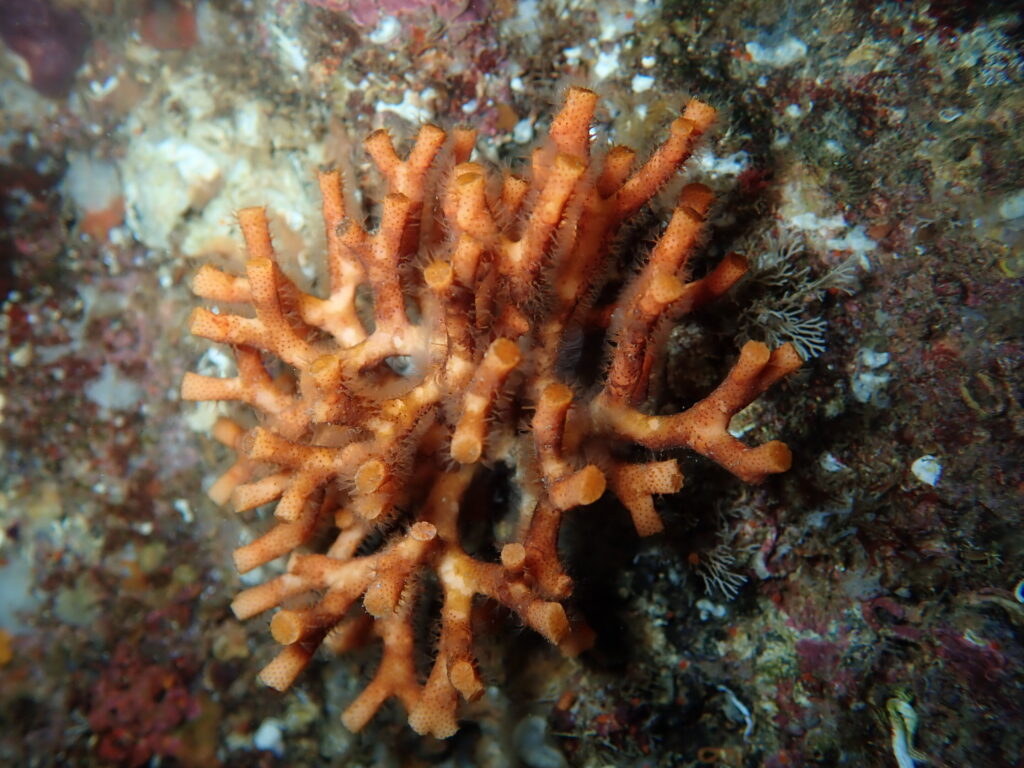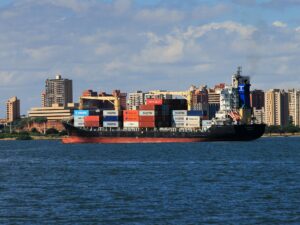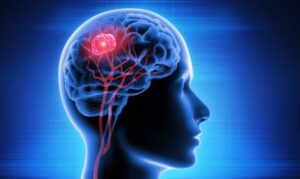
A groundbreaking study by the Institut de Ciències del Mar (ICM-CSIC) has revealed that ocean acidification and warming, two critical effects of global climate change, are simultaneously impacting the structure, mineral composition, and microbiome of bryozoans. These colonial invertebrates play a vital role in forming marine habitats. The research, published in Communications Biology, suggests severe ecological consequences if climate change continues at its current pace.
The study is the first to characterize the microbiome of Myriapora truncata, a species known as “false coral” that is prevalent in the Mediterranean. It also examines how this and another bryozoan species respond to future environmental conditions. Bryozoans, like false corals, create three-dimensional structures that provide shelter to numerous marine species, akin to the role of corals, which often receive more attention as primary marine habitat builders.
Understanding Bryozoans’ Role in Marine Ecosystems
“Despite being a different phylum, very diverse and abundant globally, these small architects of the sea are often overlooked in studies on responses to environmental changes,” said Blanca Figuerola, ICM-CSIC researcher and lead author of the study. She emphasized that this research opens new avenues for understanding how bryozoans might adapt to rapid ocean changes.
Bryozoans are crucial to marine ecosystems, yet their response to the dual threats of ocean acidification and warming was largely unexplored until now. Figuerola noted that “their microbiome had been virtually unexplored,” highlighting the novelty and importance of this study.
A Natural Laboratory for Climate Change Research
To conduct their research, the team utilized a “natural laboratory” on the island of Ischia, Italy, where volcanic CO₂ bubbles from the seabed simulate the ocean acidification conditions expected by the century’s end. “This area offers a unique opportunity to study how marine species respond to acidification under natural conditions,” explained Núria Teixidó, a researcher at the Stazione Zoologica Anton Dohrn and the study’s last author.
The researchers compared the morphology, skeleton mineralogy, and microbiome of two bryozoan species exposed to these conditions. The results indicate some acclimation capacity, with species modifying their skeletal mineralogy to enhance resistance and maintaining a relatively stable microbiome composition.
“However, we observed a loss in functional microbial diversity, with a decline in genera potentially involved in key processes such as nutrition, defense, or resistance to environmental stress,” Figuerola stated.
Such microbial shifts could have significant long-term consequences, as the microbiome is fundamental to bryozoan health and resilience. “Even if colonies look externally healthy, changes in the microbiome could serve as early bioindicators of environmental stress,” added Javier del Campo, a researcher at the Institute of Evolutionary Biology (IBE, CSIC-UPF).
The Amplifying Effect of Ocean Warming
Over a five-year monitoring period, the study also assessed the impact of rising temperatures, another critical factor in climate change. “The models used indicate that the combination of these two stressors intensifies the effects observed, significantly reducing the coverage of the encrusting bryozoan and increasing mortality,” noted Pol Capdevila, a researcher at the University of Barcelona.
To reach these conclusions, the team employed advanced techniques such as modeling and computed microtomography to produce 3D images of the internal skeleton structure of these species. These images are valuable for both research and science communication, with the team preparing a science animation in collaboration with Cooked Illustrations, a visual storytelling studio.
Implications for Marine Conservation
The findings carry significant implications for the management and conservation of Mediterranean marine ecosystems, especially in the context of climate change. Habitat-forming species like bryozoans are not only vulnerable, but their disappearance could trigger cascading effects on many other species dependent on them for shelter or food.
The characterization of the microbiome and the preliminary identification of potentially beneficial microorganisms open new research avenues to enhance the resilience of holobionts (hosts and their associated microbiomes) through nature-based approaches.
This research, initiated under the MedCalRes National Plan project, continues with the HOLOCHANGE consolidation project and the National Plan MedAcidWarm, which aim to deepen understanding of bryozoan–microbiome interactions to anticipate and mitigate climate change impacts.
“The complexity of the issue demands integrated analyses,” concludes Figuerola. “This study shows how interdisciplinary approaches can help us anticipate future scenarios and more effectively protect marine ecosystems.”
More information: Blanca Figuerola et al, Interactive effects of ocean acidification and warming disrupt calcification and microbiome composition in bryozoans, Communications Biology (2025). DOI: 10.1038/s42003-025-08524-8





